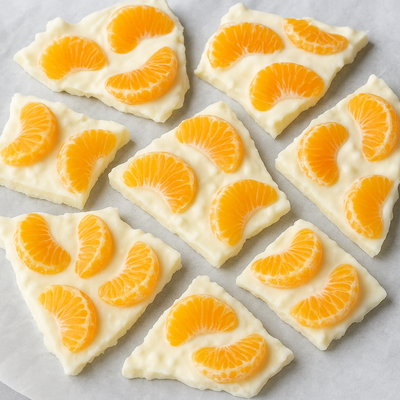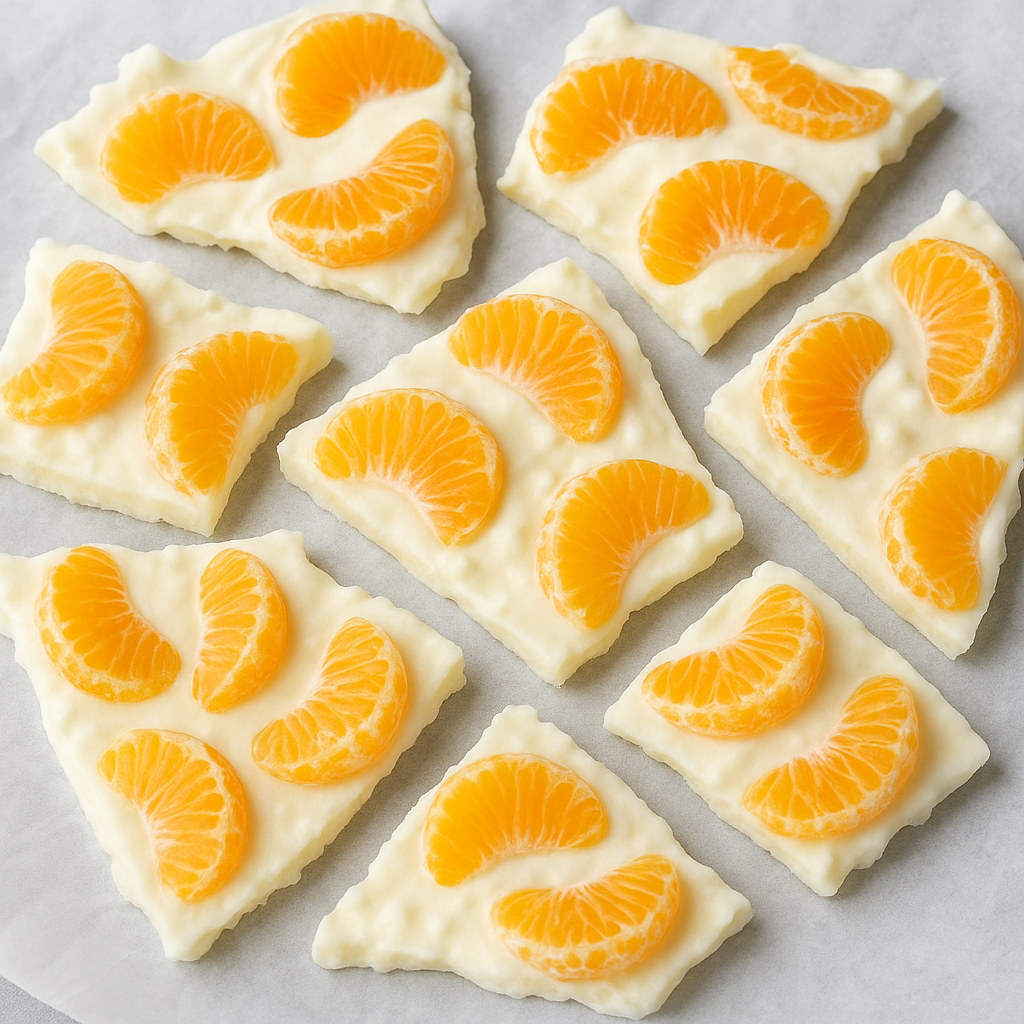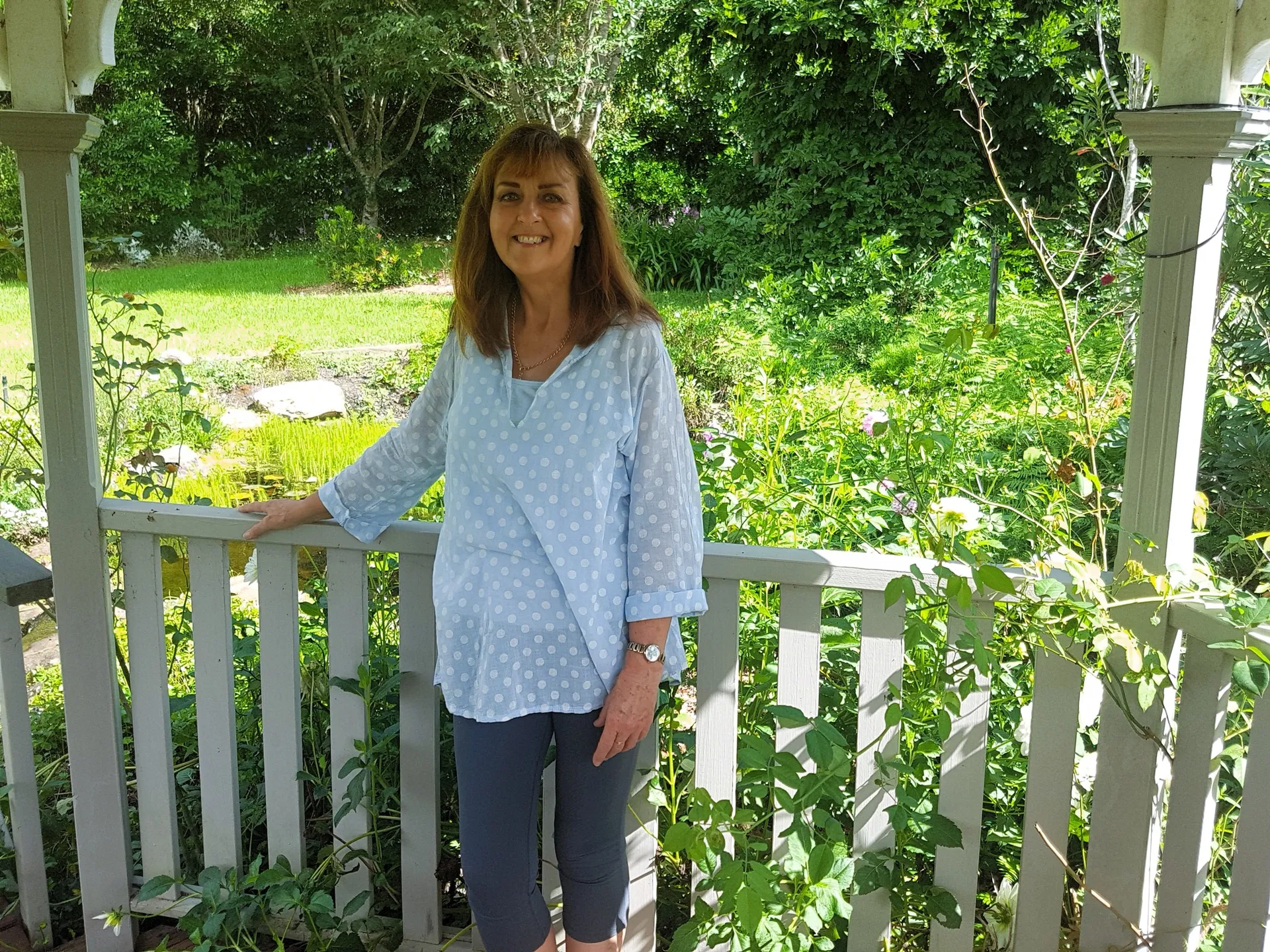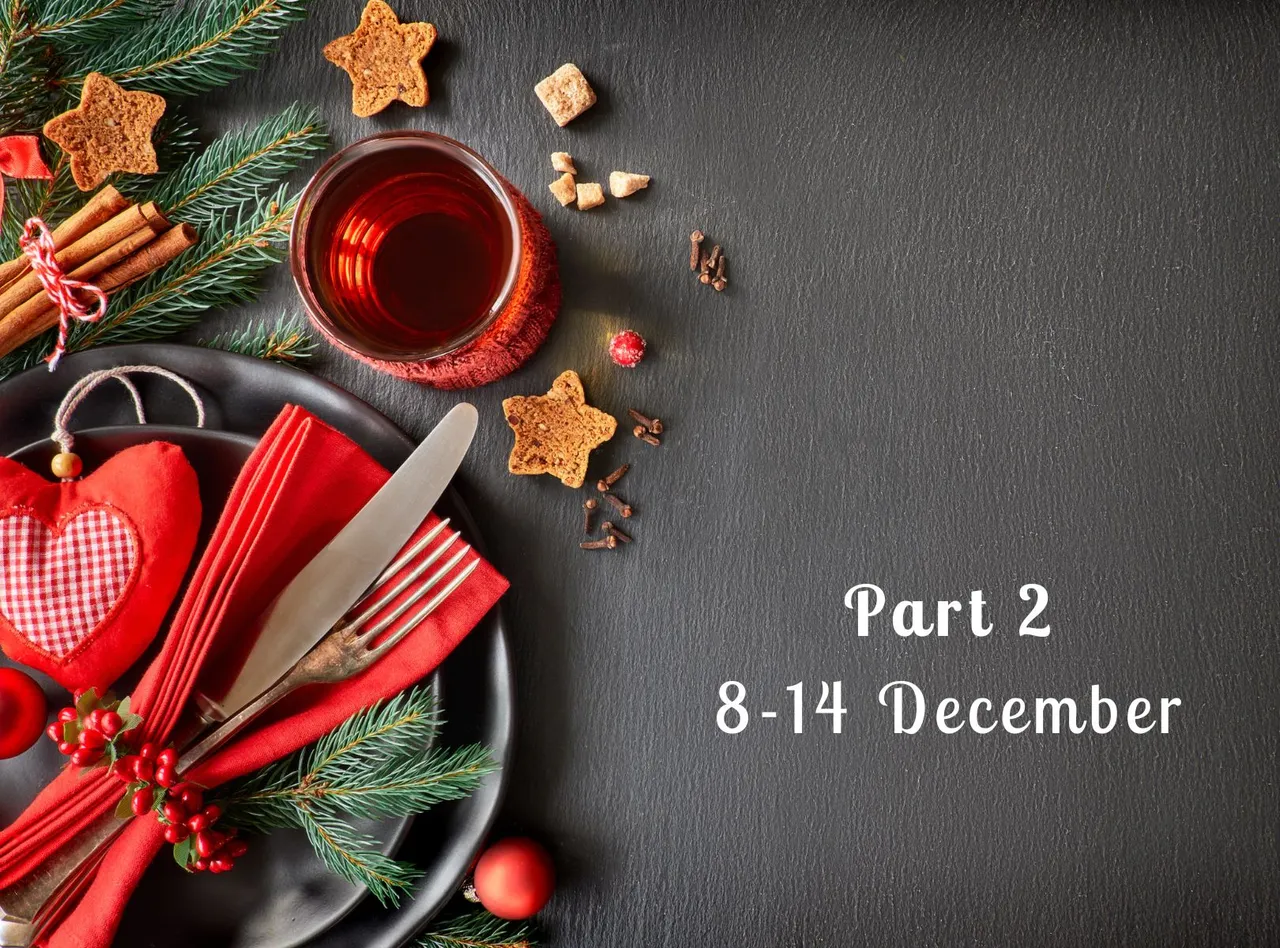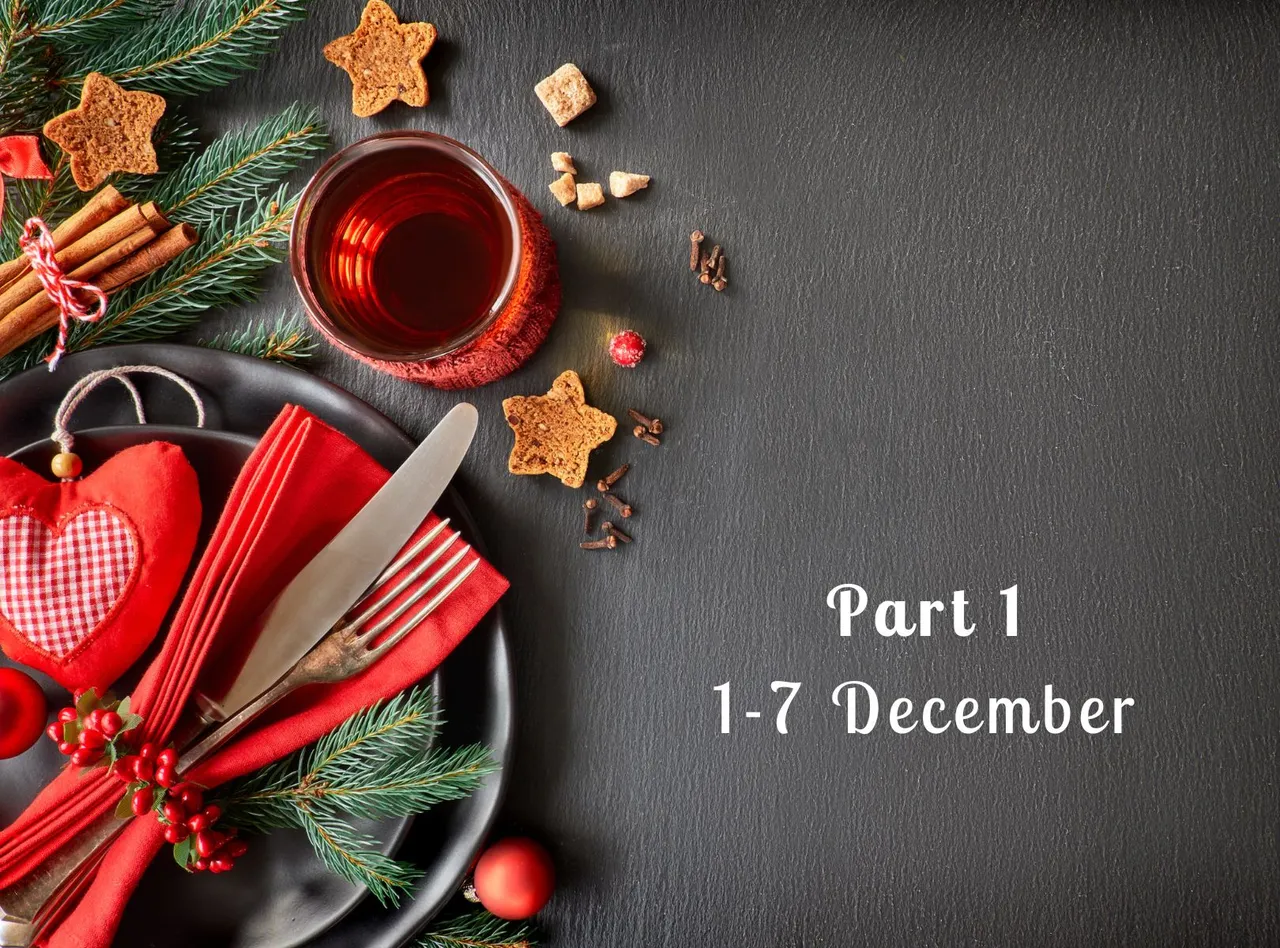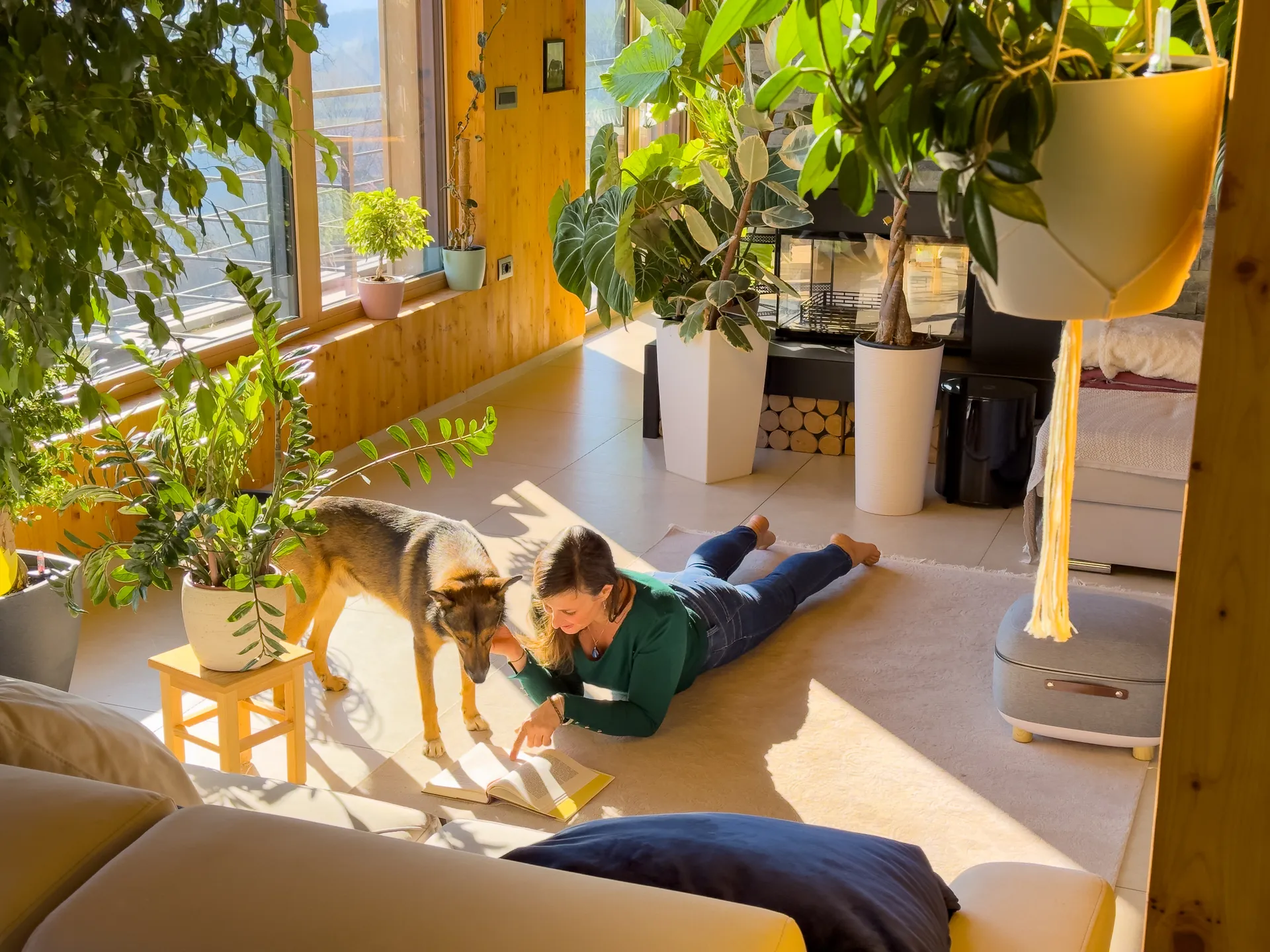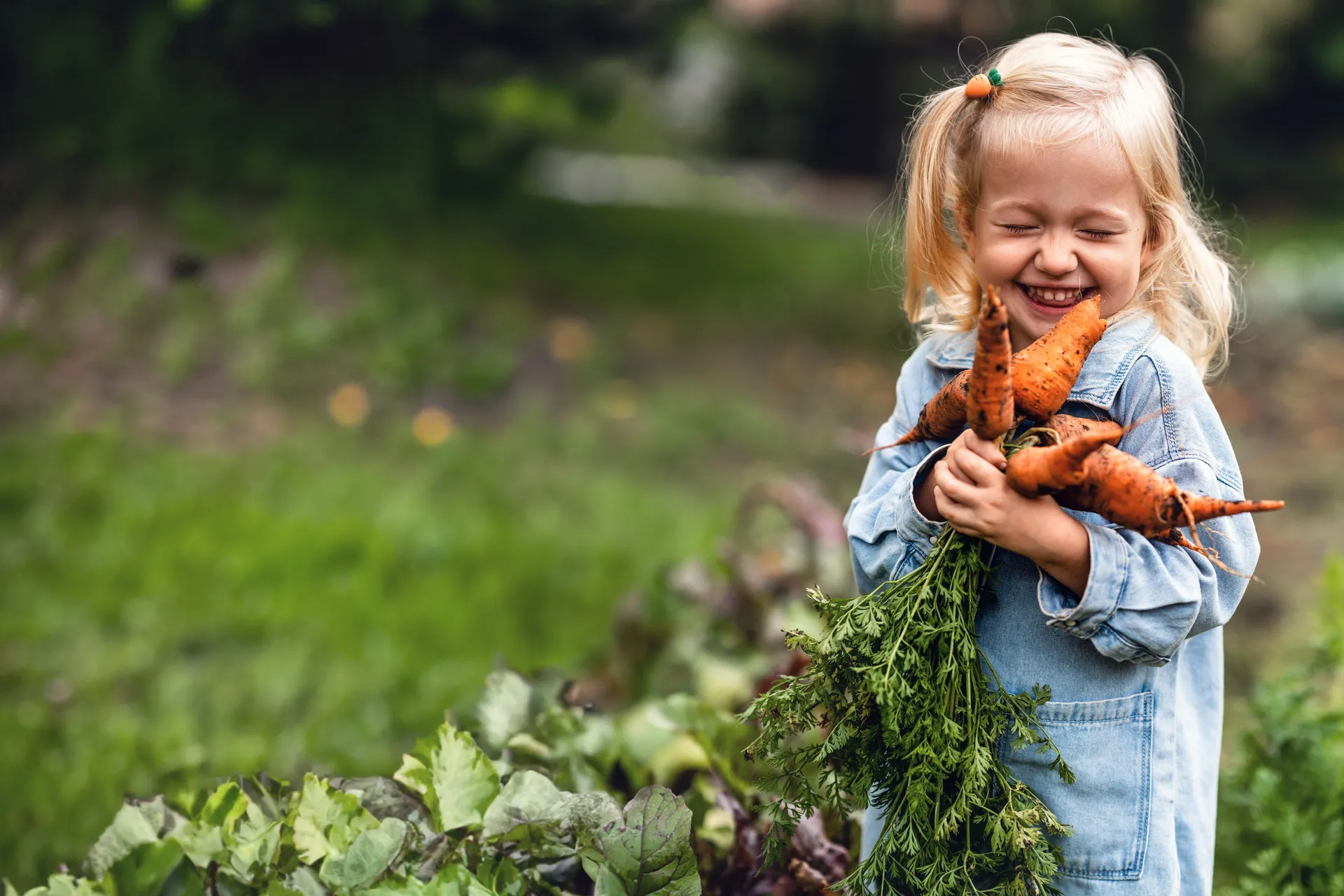How your garden will change in August
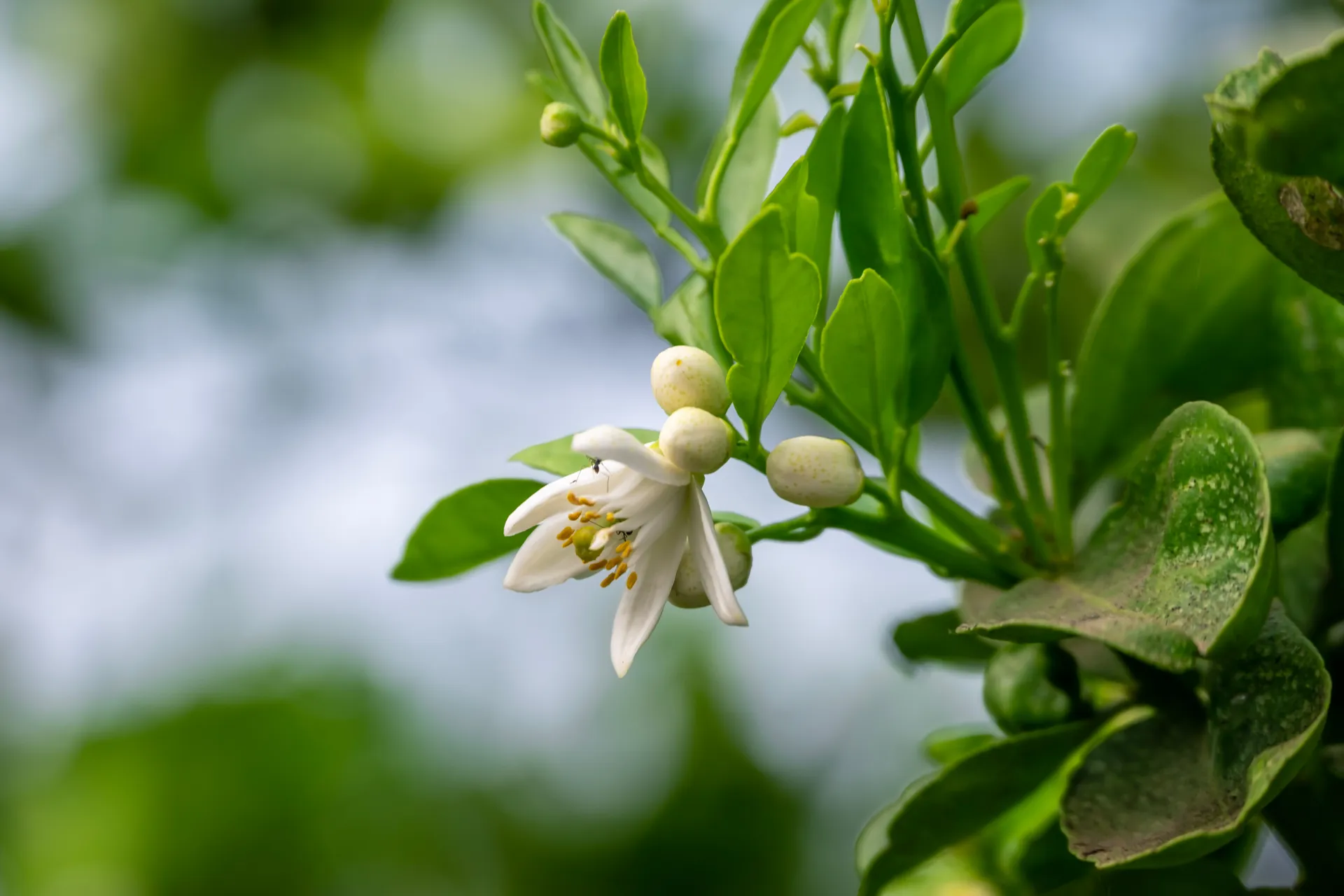
Many plants that come to life in Spring are budding early this year. Find out what that means for you as The Micro Gardener shares her monthly top tips.
Anne Gibson is The Micro Gardener and each month she shares her top tips, especially suited to our Sunshine Coast climate, helping you succeed in the garden.
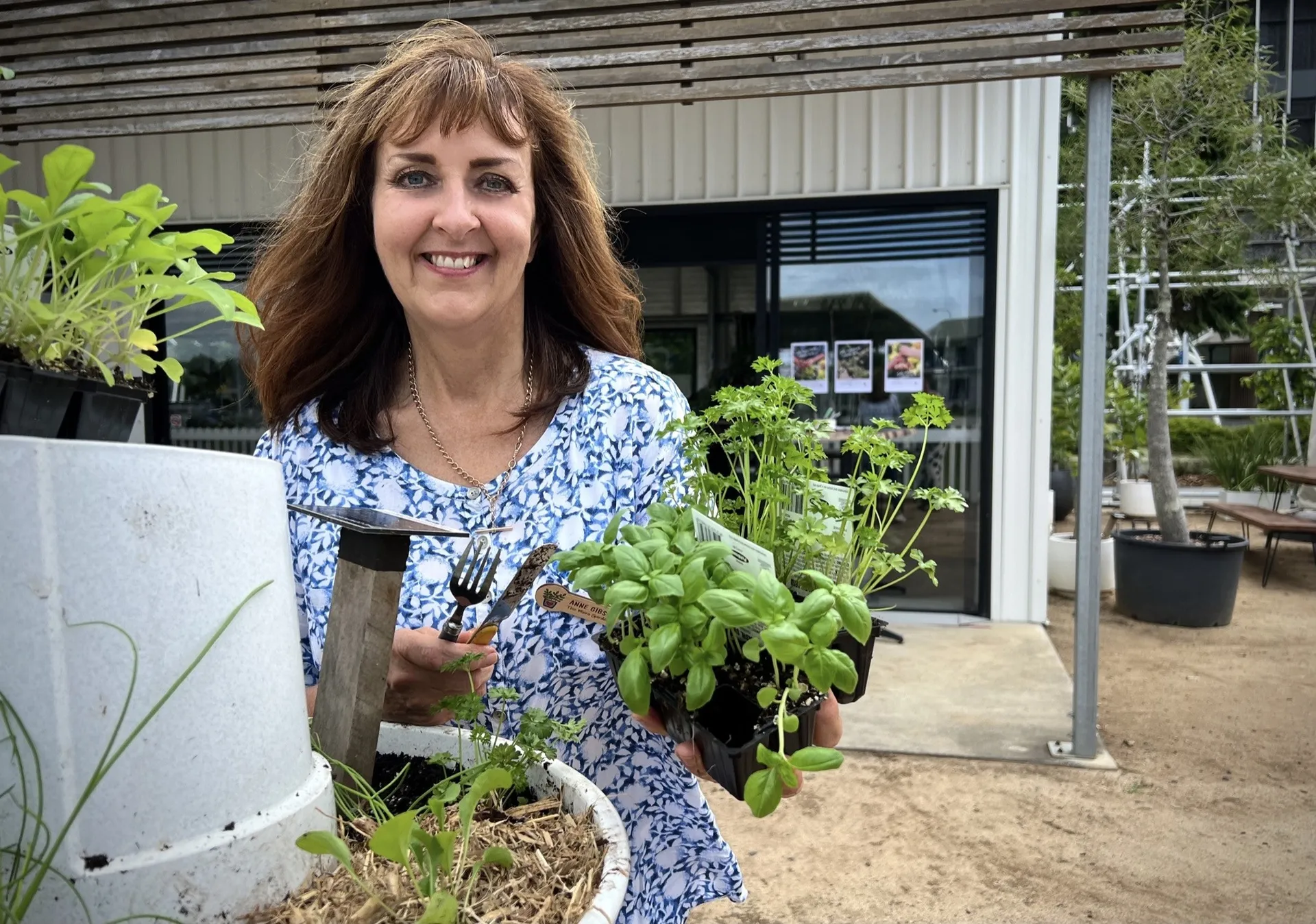
Around the end of July into August, we typically transition from winter to spring. Daytime temperatures start to warm up, although nights can still be cool.
🪷Early budding means you may notice citrus, mulberry and frangipani leaves appearing. Another clue is that magpie males often start swooping and brush turkey males are on the look for nest building materials – this happens seasonally from August to December, and they can be destructive.
Areas prone to frosts finish as a signal that Spring is arriving and it’s a time to prune back any frost-damaged plants and compost them.
Insects that have been overwintering start to come out of hibernation and you will notice more activity in your garden. This coincides with Nature providing a food source for baby birds arriving in Spring.
🌿 The arrival of Spring
As Spring arrives, you will likely notice plants starting to ‘wake up’. Look for new growth like buds and leaves on fruit trees. Lavender, spring-flowering bulbs, jasmine, warm-season flowers and mock orange start to burst into bloom.
Flowering perennials will start to bud up and spring-fruiting varieties put on new growth.
Insects that have been overwintering start to come out of hibernation and you will notice more activity in your garden. This coincides with Nature providing a food source for baby birds arriving in Spring.
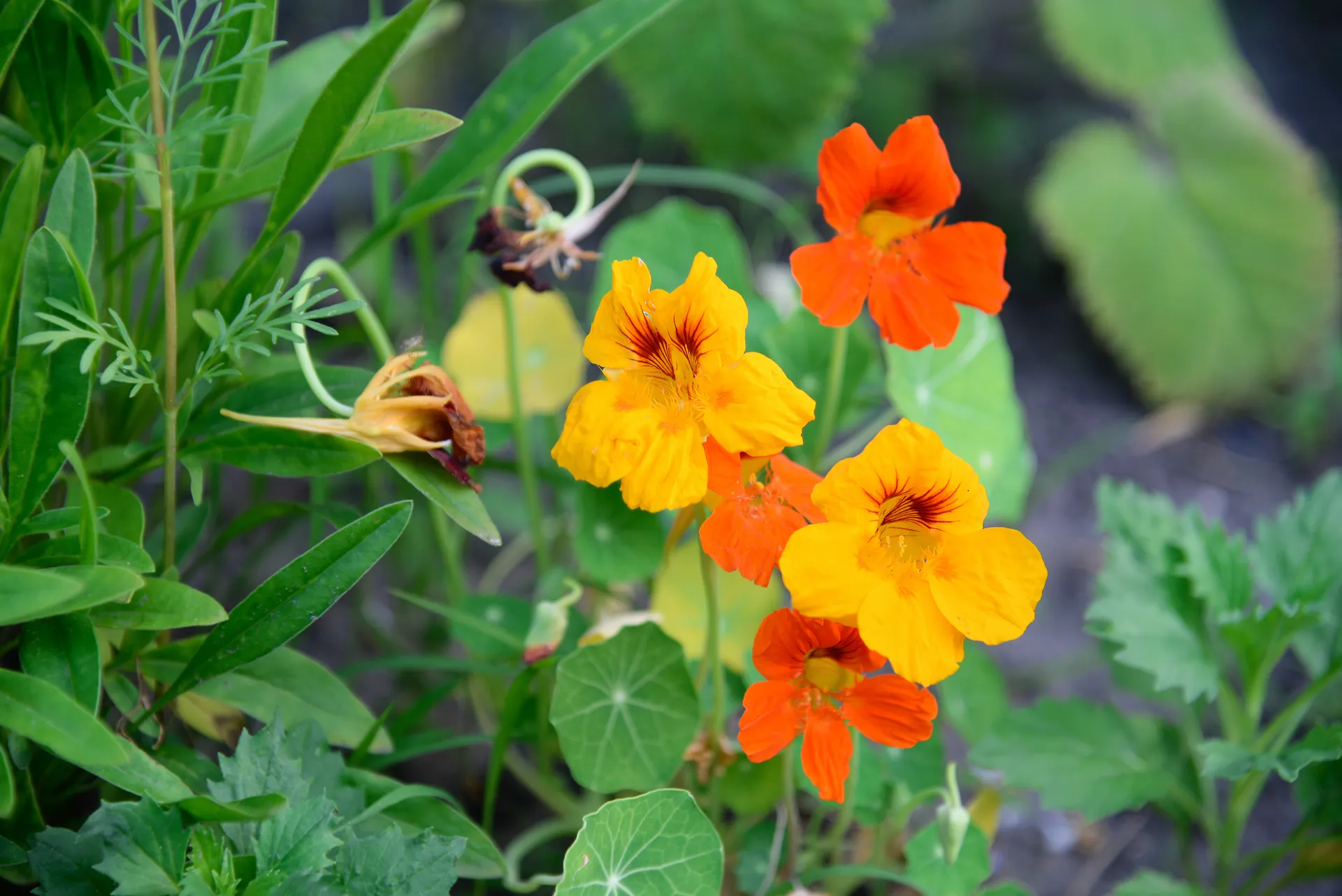
🌻 Grow flowers to manage pests
It’s essential to grow flowers all year but particularly heading into Spring. Why? So you have a nectar and pollen food source for pollinators and beneficial bugs.
Predatory insects like adult ladybirds, hoverflies and parasitic wasps feed on nectar as a supplementary food source. Their favourite meals include caterpillars, aphids, scale and mealybugs.
You want to attract these garden guardians into your garden to help pest management naturally. They help keep a balance of ‘pest’ insects in check. Sow edible flowers!
🍃 Cover your soil
August typically has drying winds, so it’s essential to cover your soil to hold moisture in. To minimise wind damage, pay attention to watering and provide crop protection.
You’ll also notice seeds will germinate a little faster as the soil warms up. Prepare your soil well! Add compost, nutrients and mulch it, ready for planting.

Mowing
You’ve probably enjoyed not having to mow as often, but lawns may be struggling to stay healthy. So you’ll likely see more weeds emerging. Keep on top of mowing and whipper snipping to avoid seed heads forming.
Top dress with a light layer of compost and rock minerals, watered in with liquid seaweed and diluted Epsom salts. This will encourage strong root development and a thicker thatch to minimise weeds.
Leave the catcher off your mower to self-mulch and return nutrients to the soil for a healthier lawn.
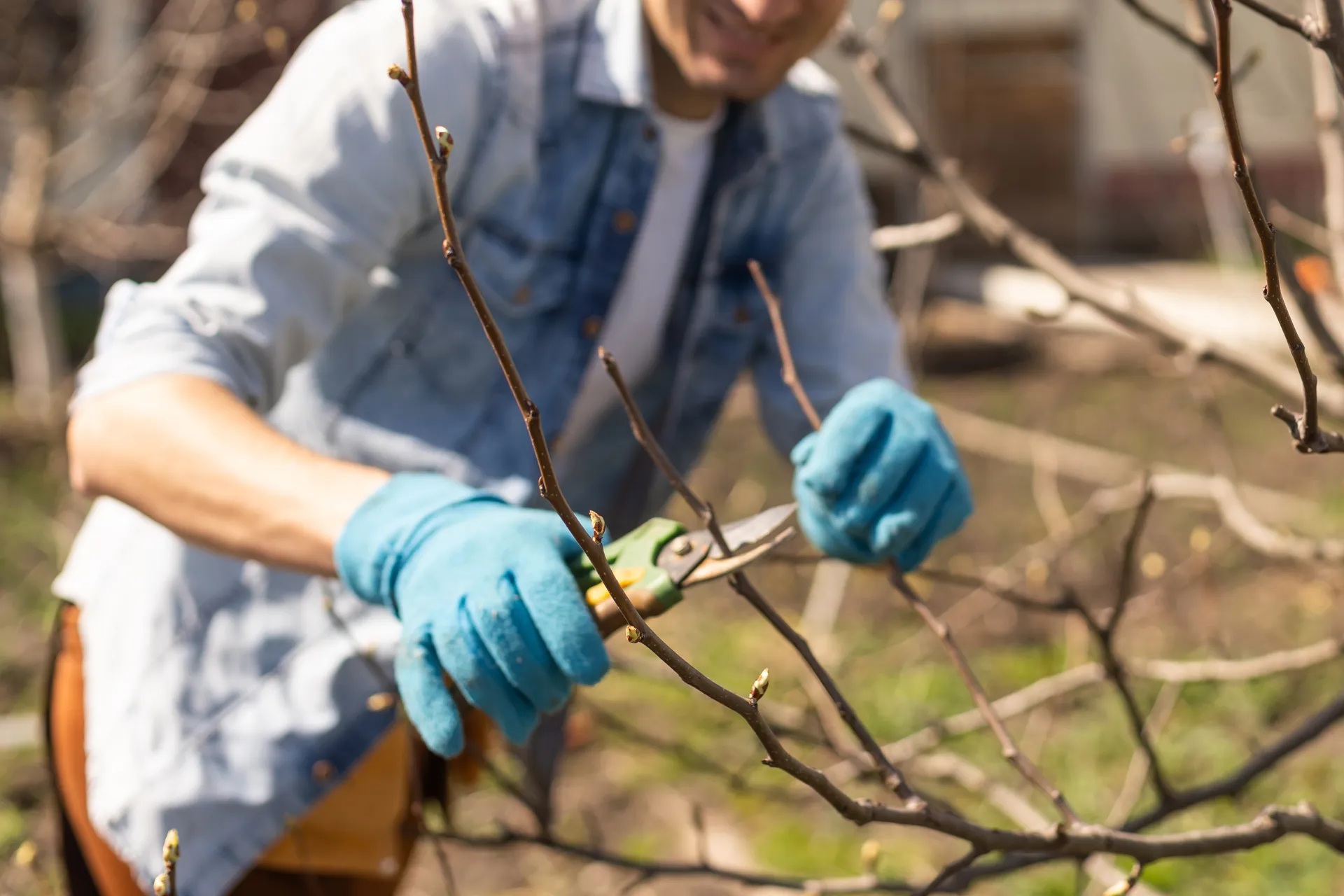
✂️ Prune your citrus (hurry)
If you haven’t pruned your dormant citrus and fruit trees to shape for the year ahead while they have been dormant for a brief period, you may have already missed the boat if you are already seeing new growth. Get to it if you still need to do this job, or wait till next year!
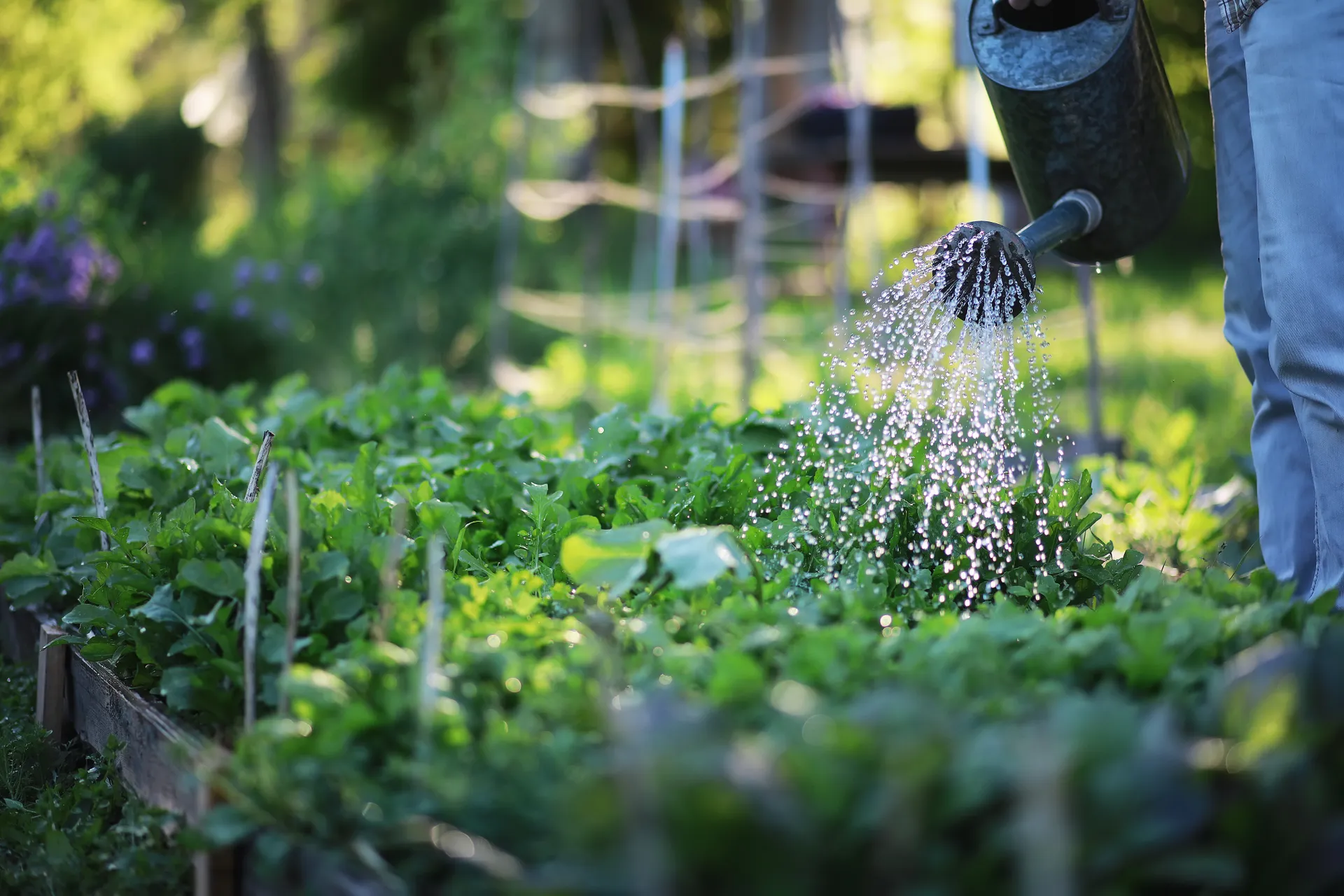
💦 Watering
As plants don’t grow as strongly over the cooler months, they don’t have the same water requirements. This will change in Spring. So adjust your watering to avoid wasting this precious resource but then keep up with new growth as it appears.
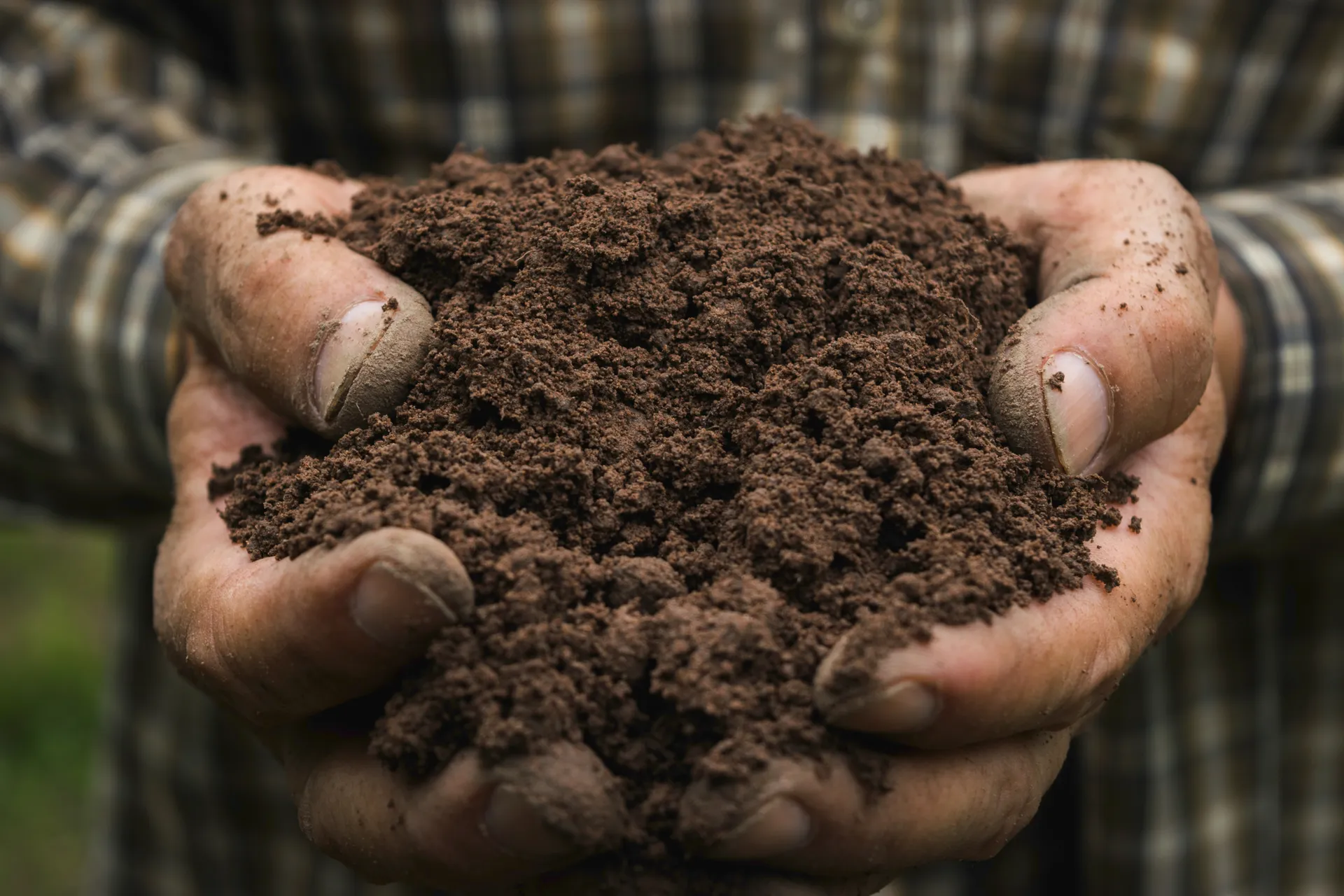
➕ Refresh nutrients
Continue adding compost and worm castings for nutrient-rich soil and enriched potting mix for food crops.
Even better, make your own moisture-holding potting mix and seed raising mix blends to save money, and water and give plants the best chance of thriving.
Old potting mix in your container gardens may be nutrient-depleted, hydrophobic and need refreshing before new plantings.
Follow the Micro Gardeners DIY Potting Mix Guide to improve bagged potting mix or make your own with easily available ingredients for long-lasting, moisture and nutrient-holding soil.
Lifeless, dry dead dirt won’t grow healthy produce so invest in your health by focusing on your soil first.
ℹ️ More info
For more gardening info and to dive deeper into her advice, follow Anne Gibson, The Micro Gardener
Website | Facebook | Substack | Pinterest |Instagram | X | YouTube
